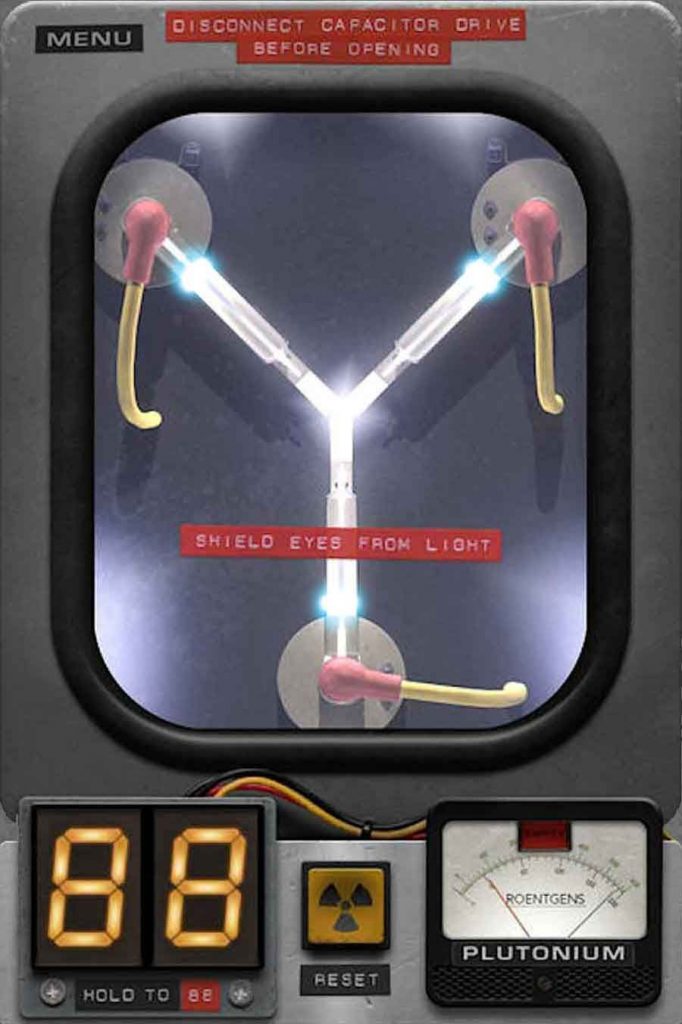Picture this ...
- You've need to make some travel plans but your flux capacitor is broken and in need of repair.
- The problem is that you don't know how to fix a flux capacitor so your trip is at risk of a costly cancellation.
You need to learn how to work on a flux capacitor, stat.
What do you do?
Using this simple, repeatable process (boy, do I love those!) you can quickly learn and understand what you need so that you don't miss your trip or anything else where your knowledge of a 'thing' is essential.

To learn something fast enough in order to quickly apply your knowledge, follow these steps:
STEP # 1 - Identify, write down and review the key points of your topic.
When time is limited, we tend to focus more. Use this compressed timeframe to your advantage in order to zero-in on the content that will reveal the key points of your topic.
For example:
- Search videos on flux capacitor repair - focus on the key points of what needs repairing
- Check out a library book on flux capacitor repair - focus on the key points of what needs repairing
- Access articles and forums online about flux capacitor repair - focus on the key points of what needs repairing
STEP # 2 - Teach what you learned to a child
As any parent can tell you, something magical happens when you're trying to communicate with a child. Our ability to moderate what and how we say something goes up or down based on the comprehension of the child. Otherwise we fail in our attempts to communicate.
When we approach adult learning in a similar fashion we quickly discover that the fast track to comprehension is reducing the topic down to the simplest and briefest possible explanation.
Psst ... no child is actually required for this step. Stand in front of a mirror and pretend you're speaking to a child, if needed.
But here's the bonus ... when we explain or deliver our topic to a child, we also benefit from hearing or receiving the same information as if we're the student, too.
Ergo, we learn what we're teaching, while we're teaching.
For example:
- Remove the side panel with a screwdriver
- Remove the red fuse
- Add a new red fuse in its place
- Replace the side panel with a screwdriver
- Test the flux capacitor
Step # 3 - Identify and Address Gaps in Coverage
This is where your critical thinking skills are essential. Aren't you glad you developed those?
While repeating what you are teaching/learning to the 'child' in step 2, carefully evaluate if what you are saying addresses the topic at hand.
Project out to consider whether the child you taught was provided enough information to solve the problem.
Many times right out of the gate, it won't but fear not! Simply repeat the process in Step 1 and/or Step 2 until you're confident that the information presented and the needed solution are in sync.
For example:
- Oops, we didn't address where the replacement fuses can be located
- Add "buy and store replacement red fuses for the flux capacitor so they are available when needed"
Step # 4 - Refine, Rinse, Repeat
If needed, continue evaluating the topic for ways to further simplify it for your 'child' audience.
For example:
- Retrieve the red fuse and a Philips head screwdriver from the purple tool box labelled "fuses and screwdriver are inside"
- Remove side panel from flux capacitor
- Remove and replace old red fuse with new red fuse
- Replace side panel and test the flux capacitor
This approach to rapid learning is often referred to as the Feynman Technique, named for the physicist who was adept at reducing complicated topics down so they could be more easily understood. If you want to learn more, once you fix your flux capacitor, you can visit Richard Feynman during one of his famous lectures between the 1940s and the 1980s along side other regular attendees such as Bill Gates and Albert Einstein.
If you benefited from this post, I bet your network will too. Share away!
